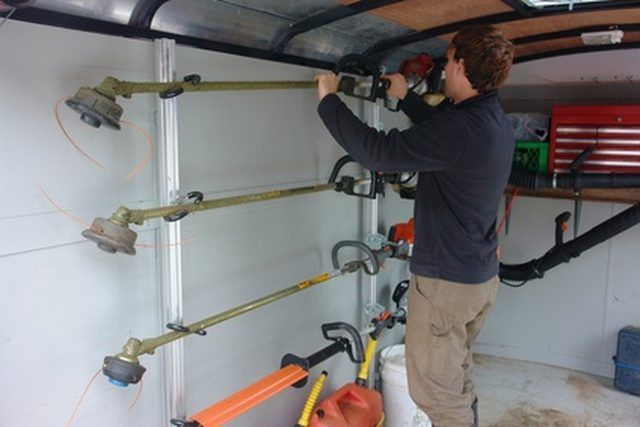Bulbs
Flower Basics
Flower Beds & Specialty Gardens
Flower Garden
Garden Furniture
Garden Gnomes
Garden Seeds
Garden Sheds
Garden Statues
Garden Tools & Supplies
Gardening Basics
Green & Organic
Groundcovers & Vines
Growing Annuals
Growing Basil
Growing Beans
Growing Berries
Growing Blueberries
Growing Cactus
Growing Corn
Growing Cotton
Growing Edibles
Growing Flowers
Growing Garlic
Growing Grapes
Growing Grass
Growing Herbs
Growing Jasmine
Growing Mint
Growing Mushrooms
Orchids
Growing Peanuts
Growing Perennials
Growing Plants
Growing Rosemary
Growing Roses
Growing Strawberries
Growing Sunflowers
Growing Thyme
Growing Tomatoes
Growing Tulips
Growing Vegetables
Herb Basics
Herb Garden
Indoor Growing
Landscaping Basics
Landscaping Patios
Landscaping Plants
Landscaping Shrubs
Landscaping Trees
Landscaping Walks & Pathways
Lawn Basics
Lawn Maintenance
Lawn Mowers
Lawn Ornaments
Lawn Planting
Lawn Tools
Outdoor Growing
Overall Landscape Planning
Pests, Weeds & Problems
Plant Basics
Rock Garden
Rose Garden
Shrubs
Soil
Specialty Gardens
Trees
Vegetable Garden
Yard Maintenance
How to Repair a Grass Trimmer That Only Runs in Choke
How to Repair a Grass Trimmer That Only Runs in Choke. The choke settings on a trimmer are manual controls that allow you to regulate the fuel and air mixture in the carburetor when starting the engine. The choke lever opens and closes a vent on the mixing chamber of the carburetor. This vent regulates air from the filter; when it's closed (choke...

The choke settings on a trimmer are manual controls that allow you to regulate the fuel and air mixture in the carburetor when starting the engine. The choke lever opens and closes a vent on the mixing chamber of the carburetor. This vent regulates air from the filter; when it's closed (choke is on), the air is blocked giving the fuel a richer mixture. When the lever is open (choke is off), air flows in from the air filter. A problem occurs when the fuel flow is low when the choke is off.
Things You'll Need
Brush
Detergent
Rag
Screwdriver
Needle-nose pliers
Fuel filter
Fuel line
Carburetor cleaner
Carburetor kit
Start the trimmer and let it run in choke. Unscrew the gas cap about halfway and take the choke off. If the engine continues to run, the check valve on the gas cap is plugged. Take the cap off and clean it with the brush, using warm, soapy water. Replace it if it's too dirty to clean.
Pour out any remaining fuel in the tank into an approved fuel container. Unscrew the air filter cover and remove the air filter from its mounting. Unscrew the choke cover plate screws, which sit above and below the air filter's mounting plate.
Disconnect both of the fuel lines from their elbow connectors on the carburetor. Using the needle-nose pliers, pull out the fuel filter and fuel line through the gas tank, and throw them away. Pull out the return line through the gas tank or from the carburetor's side, whichever is easiest.
Install the new fuel lines into the engine. Push them both through their holes inside the gas tank. Hook them up to the carburetor and install the new fuel filter to the main fuel line.
Unscrew the carburetor's mounting screws and pull it off the engine. Inspect the gaskets and seals around the carburetor. They shouldn't be too dirty and should hold a tight air seal around the carburetor and crankcase.
Disassemble the carburetor. Unscrew the valve covers and remove the metering arm and needle valve. Inspect the diaphragm and replace thet carburetor if warping is present. Make sure the needle valve is properly sitting on the metering arm.
Clean all of the carburetor's parts in a carburetor cleaner solution. Soak them overnight if they are heavily coated with dirt and gunk. Scrub them clean with the brush.
Reassemble the carburetor using a carburetor kit. Replace all of the seals, filters, screens, Welch plugs and valve covers with parts from the replacement kit. Replace the seal and gasket in between the carburetor and the crankcase.
Take the engine to a mechanic if the problem still persists. It is likely the problem lies somewhere from your crankshaft to your piston, which are repairs that should be done only by qualified professionals.